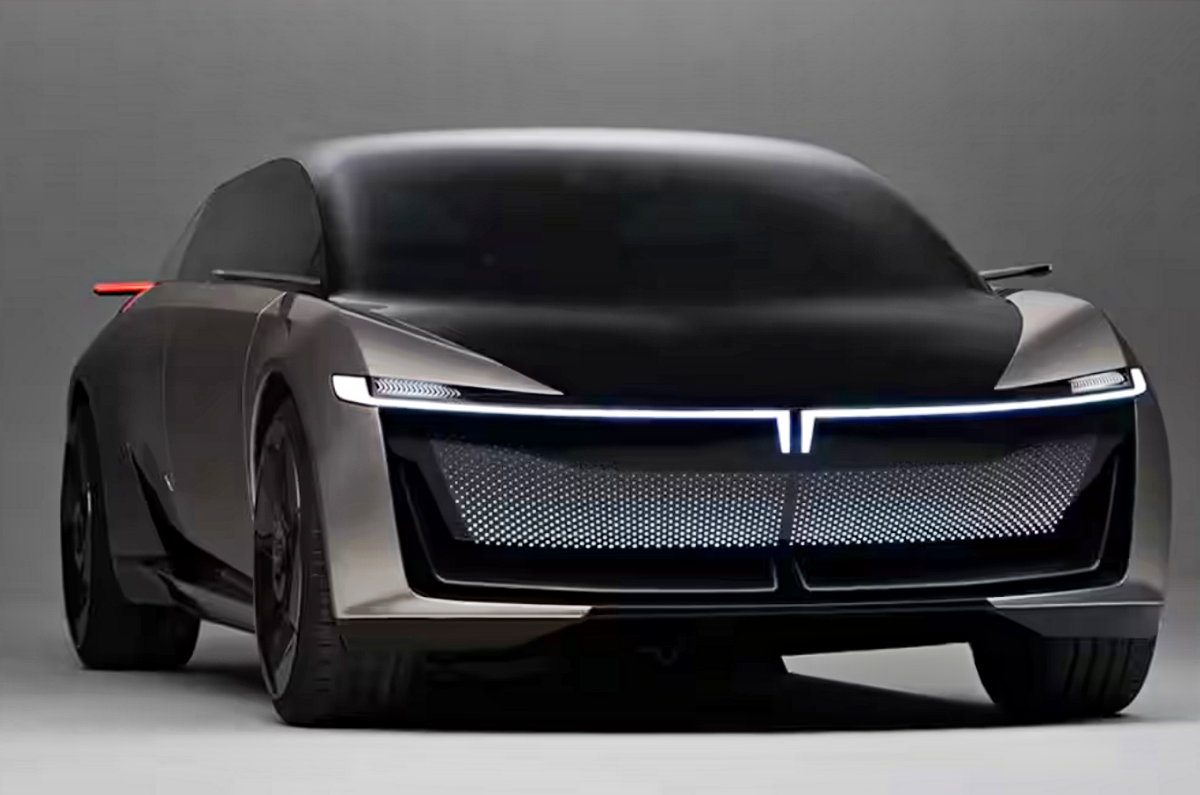
First model based on EMA to debut in 2025; will underpin a family of EVs.
Tata Motors recently announced a new collaboration with Jaguar Land Rover to share the latter’s born-electric Electrified Modular Architecture (EMA) for its Avinya range of vehicles. The EMA platform not only gives Tata Motors the opportunity to exploit a premium, global architecture for the Indian market, but also allows JLR to tap into some cost benefits.
- JLR’s EMA platform to be localised in India
- Partnership to provide cost benefits for both brands
- First Tata model based on EMA due in 2025
Reasons why Tata chose JLR’s EMA platform
Speaking to our sister publication Autocar Professional, Shailesh Chandra, Managing Director, Tata Motors Passenger Vehicles and Tata Passenger Electric Mobility, admitted having evaluated multiple platforms, including doing a grounds-up skateboard architecture, before finalizing on JLR’s EMA platform.
With the EMA platform, Tata’s Avinya range of vehicles will have a decidedly premium positioning that’ll be higher than any of company’s current crop of vehicles.
“On evaluating JLR’s EMA architecture, we thought that while our positioning is going to be different from JLR, it unleashes a big opportunity for us to offer new age features, thanks to a mature electrical and electronic architecture, which has been developed by JLR, that will really improve the reliability, predictability, and the future readiness of this platform including the battery technology,” said Chandra.
Tata Motors will be paying a royalty fee to JLR for use of the platform, but importantly, it will be localised for India to keep costs competitive. “Tata Motors will be localising the platform that will give us a cost advantage and offer an opportunity for JLR to tap into some of these cost benefits. At the same time, JLR’s negotiation with its suppliers will offer high-tech components at a competitive price. So, there is benefit on both sides,” said Chandra.
So far, Tata Motors have had the first mover advantage in direct ICE to EV conversion, and going forward, it will be important to maintain that momentum with its born-electric EVs, especially since Mahindra’s upcoming XUV.e and BE range of EVs are due around the same time (late 2024), and so is Maruti’s first EV for the Indian market, the eVX.
“Most importantly, given the maturity of the platform, it helps us reduce the time to market. Therefore, there are multiple benefits of working together,” confirms Chandra.
JLR’s EMA platform was first announced in 2021 and has already been under development for a couple of years now. In fact, the first vehicles to be based on this platform from JLR’s stable – the next-gen Velar, Evoque and Discovery Sport – are slated for debut from late 2024 onwards, following which Tata will debut the first vehicle from the Avinya series sometime in 2025.
This partnership on the EMA for a full vehicle development program will be the second collaboration between the two brands having previously collaborated on JLR’s D8 platform for the Harrier and Safari.
Also See:
New Maruti Suzuki Swift spied testing in India
Lotus India entry confirmed for November 9
